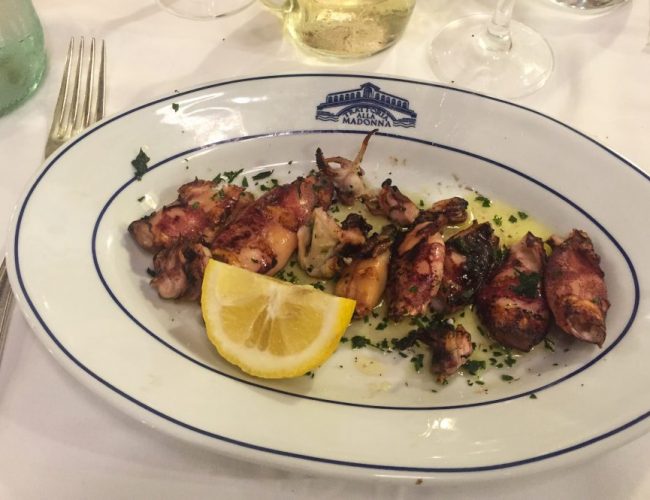Venice – Fatto a Mano
Cultura Europa
When lovers of romance are looking for a place to visit, Venice is one of the first cities that comes to mind. The bustle of bridges, gondolas, squares, museums, gardens, palaces and much more makes this coastal city in northern Italy unique and enchanting. Slipping through the 121 islands, thanks to the various bridges that cross the city, is a real pleasure. No wonder the city is listed as a UNESCO World Heritage Site.
Venice was originally built by refugees from the Lombard invasion and became the Italian capital for several centuries. Over the centuries, the city has attracted people from all over the world, first as Europe’s main trading place, allowing for a lot of trade in silk, cereals and spices. Many artists settled here and transformed the city into a real cultural centre.
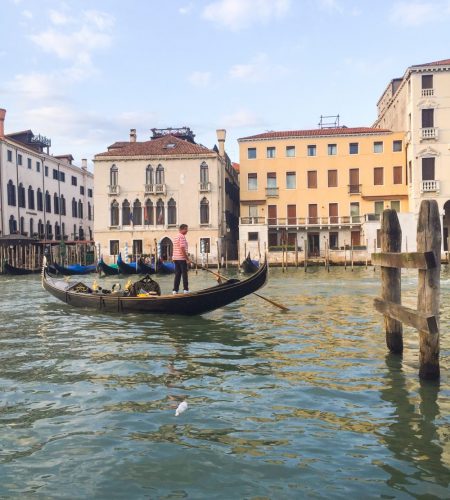
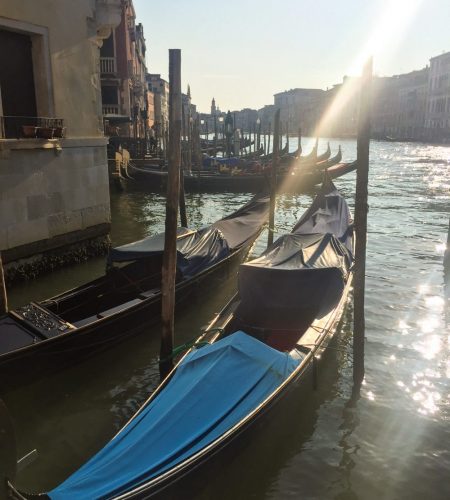
Canal City
Situated in a lagoon on the Adriatic Sea, Venice was built on oak stakes planted in the sand. These foundations allow houses, palaces and churches to better cope with the incessant tides. Venice is criss-crossed by 177 canals. Over the years, 455 bridges have been built to move from one island to another and gondolas have been increasingly used to get around more easily.
Venice stands out from other major Italian and European cities for its historic centre, which is only pedestrianised, with the famous canals that criss-cross the city as “streets”. So you will not find cars to get around but boats and gondolas. There is a train station that connects Venice to the rest of the country, but in the rest of the city you have to get around on foot.
Quartieri
Today, the city of Venice has six main districts:
- The heart of the city is known as San Marco, also the name of the basilica.
- The district of Castello represents the south-eastern part of the city.
- The straight canal reggio gave the name to the district between the Rialto and the railway station: Cannaregio.
- San Polo is the commercial district of the Rialto and San Croce, name coming from a church now destroyed, is the district of the luxurious buildings of the 19 and 20 th centuries.
- The island of Giudecca, also called Dorsoduro -dos dur- is the rockier part of the city, higher in altitude allowing it to be less flooded in case of great floods.
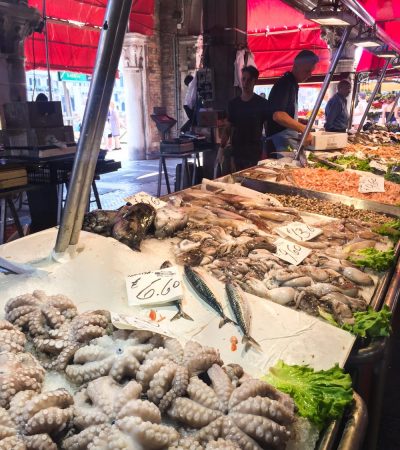
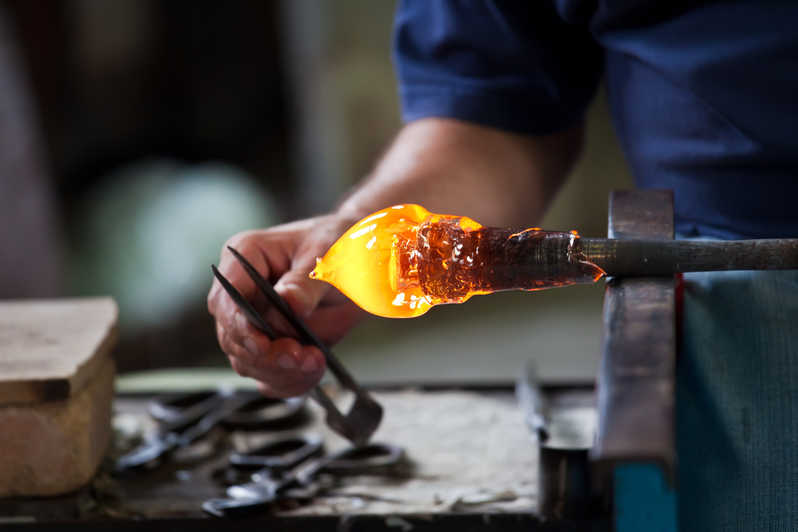
Fatto a mano
The city of Venice is known for its flamboyant architecture and for its unique local craftsmanship. Behind the most famous monuments and squares, such as Saint Mark’s Square, are hidden workshops and craftsmen who are the heirs of gestures passed down from generation to generation. Glass shaping, the creation of the famous masks and costumes of the Venice carnival, the manufacture of oars and gondolas, all these manual creations are hidden in the canals. From the districts of San Polo and San Croce, it is a whole Venetian know-how which has been anchored in the city for centuries and which still persists today.
Ink and squid
Finally, one cannot evoke Venice without mentioning its cuisine, which is the heir to centuries of cultural intermingling. Its location in the lagoon offers a great wealth of fresh produce, which can be found on the market stalls and in its plates. Fish and seafood are accompanied by vegetables from Sant’Erasmo, and on every corner new flavours are to be discovered. Simplicity of the gesture, accuracy of the ingredients, perfection of the cooking, here too a whole know-how is at work.
